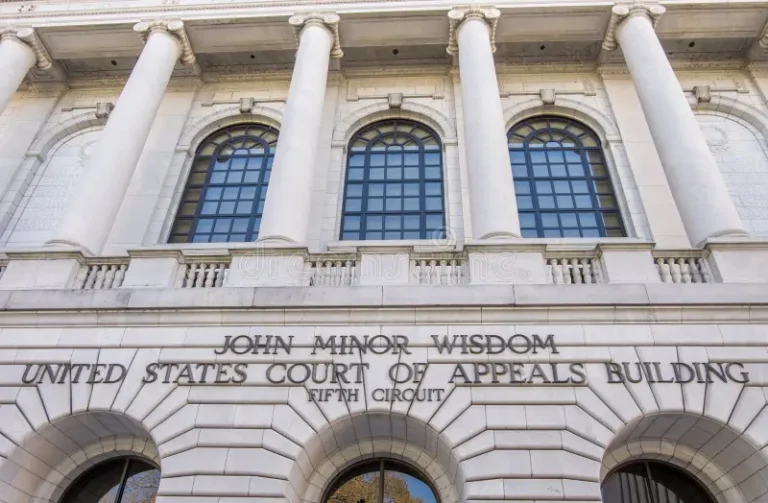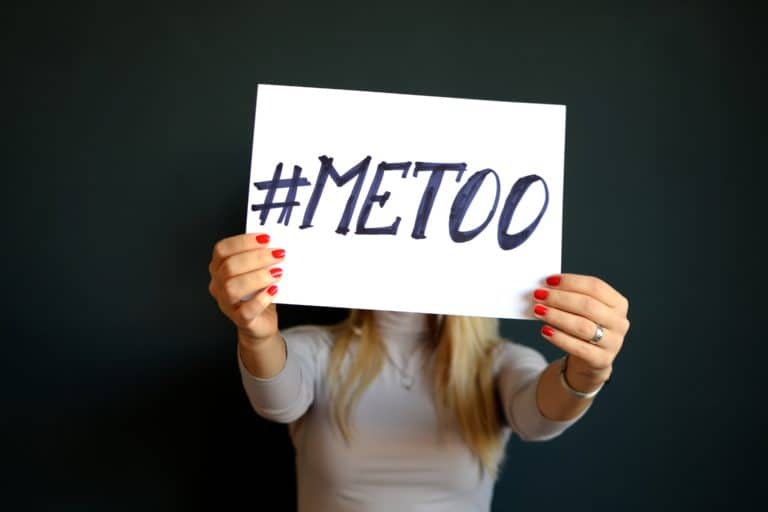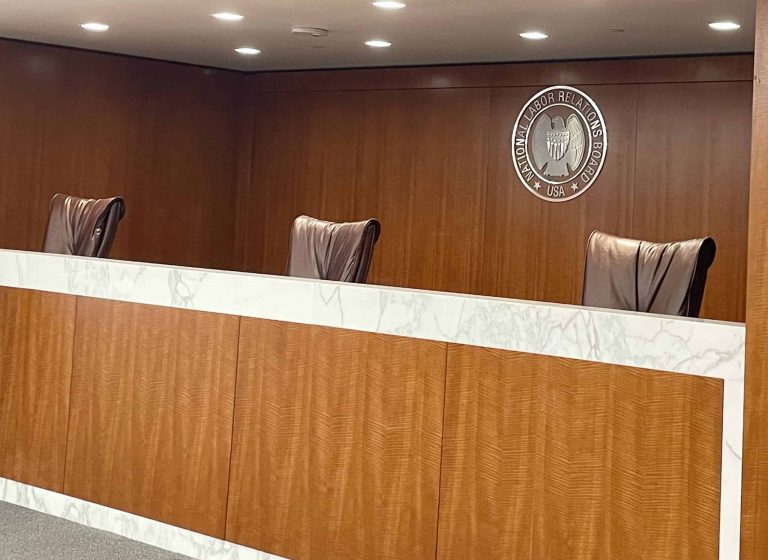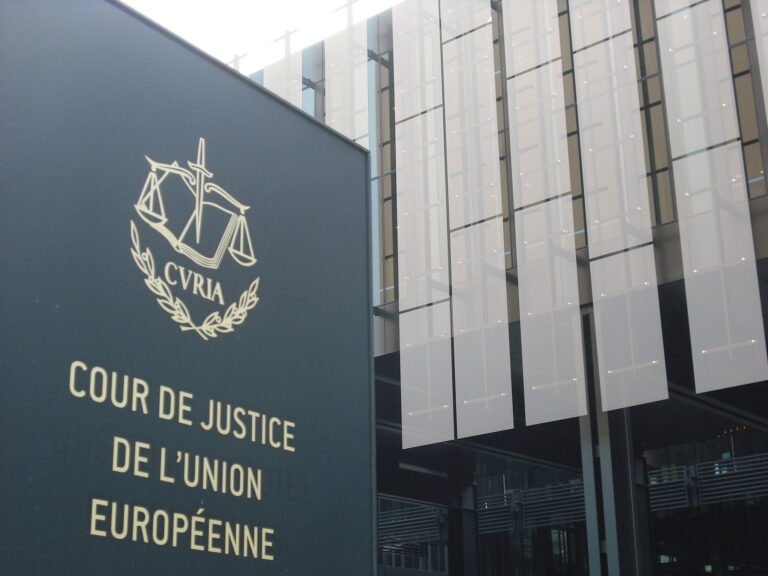
Sharon Block is a Professor of Practice and the Executive Director of the Center for Labor and a Just Economy at Harvard Law School.
Last year, Ben and I flagged concerns about the breadcrumbs that the Supreme Court dropped in its opinion in Epic Systems v. Lewis on the path to narrowing the National Labor Relations Act’s protection for concerted activity. A recent filing by the Board’s General Counsel proves that our caution about the future of Section 7 was well-founded. The General Counsel is picking up the Epic Systems breadcrumbs to expand the impact of the decision in a way that I believe is unsupported by the Court’s opinion and damaging to workers’ rights.
In Tarlton and Son, Inc., 363 NLRB No. 175 (2016), the Board found that the company committed two unfair labor practices: (1) maintenance of a mandatory arbitration and class waiver program and (2) promulgation of the policy in retaliation for employees’ filing of a lawsuit alleging violations of California’s overtime law. Specifically, the Board majority found that the filing of the class action lawsuit was “clearly protected concerted activity.” The company’s challenge to the Board’s decision was pending in the Ninth Circuit when the Supreme Court issued its Epic Systems decision. At the Board’s request, the Ninth Circuit remanded the case to the Board to reconsider the second unfair labor practice finding in light of Epic Systems.
On remand, the General Counsel is asking the Board to reverse decades of precedent to hold that the filing of a lawsuit – or any legal action — is not concerted activity protected by Section 7. The General Counsel relies on the language in Epic Systems that Ben and I had flagged as problematic breadcrumbs – the Court’s view that the definition of “concerted activities” may be limited to activities that fall within the ambit of “self-organizing” and collective bargaining and thereby excludes litigation activity.
Why does the General Counsel’s action here matter – after all, workers can resort to the anti-retaliation provisions of the underlying statutes if they are fired for filing their claims. I would argue it matters a great deal. First, if Congress gave workers two options for protecting themselves, workers should have the choice which to pursue. More importantly, this case matters because of what it portends about the direction that the General Counsel wants to move the law. Again, this General Counsel has signaled that he has a narrow and constrained view of the NLRA’s protections. He is providing the Board with an opportunity to accept the Supreme Court’s invitation to limit the scope of Section 7 to activities related to union organizing and collective bargaining. With this filing, he has started the process of potentially bringing this narrow view back to a Supreme Court that seems eager to take the bait.
The General Counsel’s position is based on the premise that the Court held that litigation activity is completely outside of Section 7’s protection. That premise is clearly wrong in at least one respect – its application to individually filed cases. Taken literally, the General Counsel’s position in Tarlton would allow retaliation against workers who file individual cases, as well as class actions. Epic Systems simply has nothing to do with individual actions, which can be concerted when they are filed in order to benefit other workers. Moreover, the General Counsel’s argument cannot be squared with the Court’s discussion of Eastex’s dicta that “the ‘mutual aid or protection’ clause protects employees from retaliation by their employers when they seek to improve working conditions through resort to administrative and judicial forums.” The Court noted in Epic Systems that its decision was not in conflict with this passage from Eastex and acknowledged that the quoted text meant that resort to legal and administration forums “isn’t ‘entirely unprotected.’” If, as the General Counsel argues in Tarlton, litigation activity is completely outside the ambit of Section 7, what is left to be protected? The Court (in a convoluted manner) offers an answer: Eastex meant that protecting resort to “individualized dispute resolution procedures” was “not insufficient” to fulfill Section 7’s purpose.
I believe there is a colorable argument that the General Counsel is wrong with regard to the filing of class actions too. According to the Court, the question before it was a narrower one than the General Counsel answers: “should employees always be permitted to bring their claims in class or collective actions, no matter what they agreed with their employers.” (Emphasis added.) To answer that question, the Court focused on whether the Congress that passed the NLRA intended to preclude employers from requiring workers to waive the ability to file class or collective legal actions and, arguably, not on whether Section 7 ever protects class litigation activity.
If the Court had wanted to excise class litigation activity from Section 7’s protection, it could have just said that Section 7 doesn’t protect class actions. Admittedly, the Court comes close to doing so – opining that the drafters meant “other concerted activity” to cover self-organizing activity and noting “the notion that Section 7 confers a right to class or collective actions seems pretty unlikely.” And it notes that the structure of Section 7 “suggests” that it should be understood to only protect “things employees ‘just do’ for themselves” and not the “activities” of class and joint litigation, which aren’t mentioned in Section 7’s text.
It may seem like hairsplitting but I think it is plausible to read the decision as treating differently litigating a case as a class action – which requires access to class procedures that may be the subject of an arbitration agreement — and filing a class action case, which does not. Making that distinction limits the holding to the question presented and gives meaning to the Court’s consistent framing of its holding as addressing access to the “procedures” or “activities” of class actions, as opposed to something more categorical. In addition, it makes sense of how the Court dealt with cases where protection for filing class actions was at issue: it dismissed as inapposite lower court and Board cases holding that filing class actions is protected, not because they were wrong about the scope of Section 7, but because they did not “purport to discuss what procedures an employee might be entitled to in litigation or arbitration.”
I am not naïve – no doubt the Court could build on the holding in Epic Systems to read litigation activity completely out of Section 7’s protection. As we’ve seen in cases like Janus v. AFSCME, dropping breadcrumbs and then following them up in subsequent cases is a hallmark of the Roberts court’s labor jurisprudence. My point is only that how the Court would address a case that squarely presented Section 7’s protection against retaliation for filing a legal action remains in the realm of breadcrumbs and not precedent. The General Counsel is wrong in Tarlton to anticipate that holding and should have argued that Section 7’s protection for retaliation is a different question than waiver. Sadly, this Board and Supreme Court seem likely to continue to dismantle workers’ rights to collective action, given the opportunity. Under a statute that puts workers’ rights in the hands of the General Counsel (and precludes them from arguing for themselves), the General Counsel shouldn’t rush to provide that opportunity.










Daily News & Commentary
Start your day with our roundup of the latest labor developments. See all
December 22
Worker-friendly legislation enacted in New York; UW Professor wins free speech case; Trucking company ordered to pay $23 million to Teamsters.
December 21
Argentine unions march against labor law reform; WNBA players vote to authorize a strike; and the NLRB prepares to clear its backlog.
December 19
Labor law professors file an amici curiae and the NLRB regains quorum.
December 18
New Jersey adopts disparate impact rules; Teamsters oppose railroad merger; court pauses more shutdown layoffs.
December 17
The TSA suspends a labor union representing 47,000 officers for a second time; the Trump administration seeks to recruit over 1,000 artificial intelligence experts to the federal workforce; and the New York Times reports on the tumultuous changes that U.S. labor relations has seen over the past year.
December 16
Second Circuit affirms dismissal of former collegiate athletes’ antitrust suit; UPS will invest $120 million in truck-unloading robots; Sharon Block argues there are reasons for optimism about labor’s future.